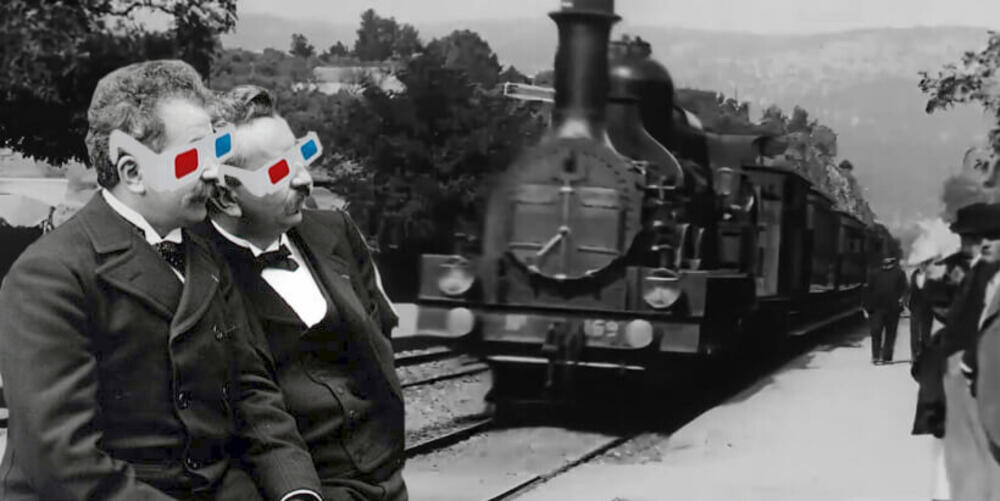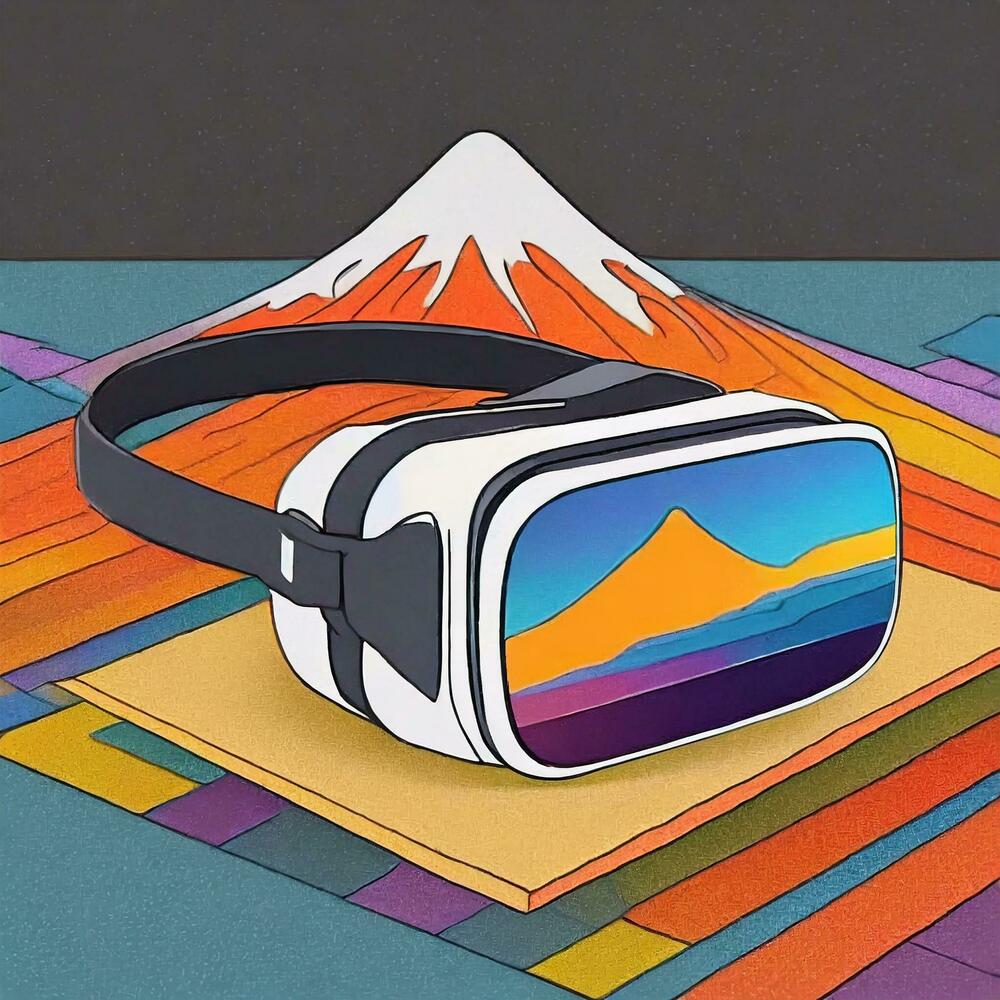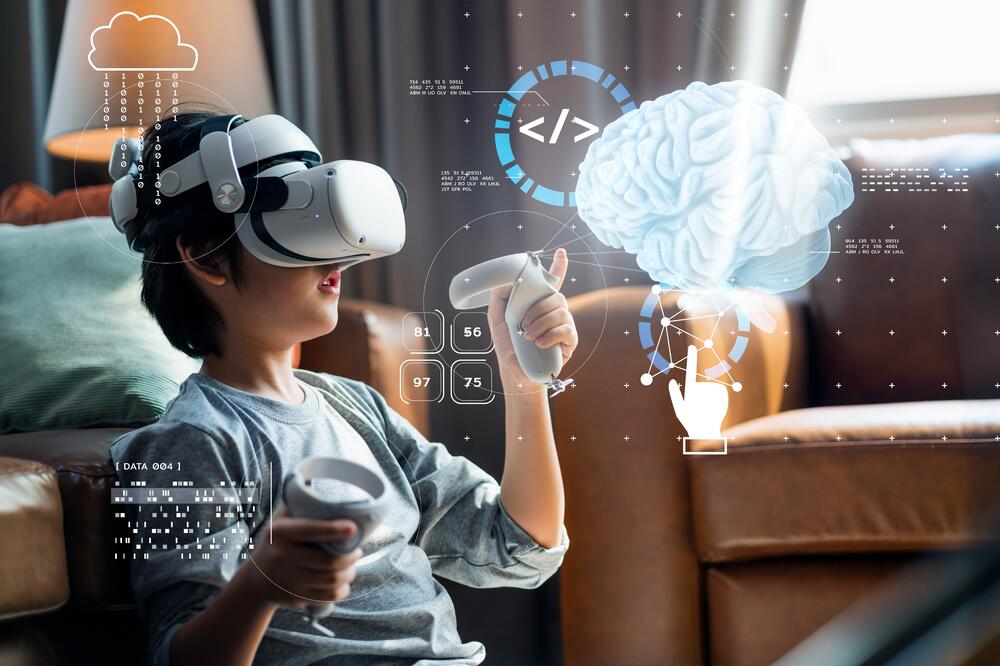In the last few years, virtual reality (VR) has burst onto the scene as a technology that is transforming the way we learn, play and experience the world around us. If you are hearing this term for the first time and wondering what virtual reality is, in short, VR is a technology that allows users to immerse themselves in digitally generated worlds through special devices such as glasses or helmets, providing them with an immediate experience where they feel as if they are part of the virtual environment. It creates the feeling that you are in a completely different space. For example, you can go anywhere in the world with the help of VR and really get the impression that you are there. In addition to being used for entertainment and video games, artists use VR to create interactive installations, and in medicine it is used to simulate surgical procedures. While on the other hand, some educational institutions use VR to train electricians for risky ventures.
What makes virtual reality stand out as a learning method is that users have the opportunity to find themselves in an interactive and safe environment and learn something new through fun.
How does virtual reality achieve a convincing effect?
The Internet is full of clips of people falling to the floor or screaming in panic if a spider appears on the screen while using virtual glasses. And you would ask yourself now, are these people exaggerating and dramatizing? Let's just remember that the audience, when watching the famous film in which the train enters the station (L'Arrivée d'un train en gare de La Ciotat) from 1896, jumped in fear and ran away from their seats regardless because they thought that the train will hit them directly.

Virtual reality achieves a similar reaction in users through "manipulation" of the perceptual system. To better understand VR, we first need to make a contrast between 2D screens and VR.
2D screen and VR
When you look at a phone, monitor or television, you are looking at a projected two-dimensional (2D) image on the screen. On a 2D screen, the perception of depth and space is limited, while on the other hand, virtual reality plays a bit with your mind and eyes. Namely, the development team behind virtual glasses (of all brands) fully uses the concept of stereopsis.
Stereopsis is the ability to perceive depth and three-dimensional structure obtained on the basis of visual information coming from both eyes. More precisely, you can better judge the depth of an object. This allows VR to use this method to "fool" us that something is really there, in front of us, in real space and almost tangible.
Before we start doing an interesting experiment, we need to mention something about the technology behind virtual reality. Inside the helmet (goggles) there are two screens. When you attach a video or game to the helmet, the two screens project a slightly different image onto your eyes. So that the left eye sees a slightly shifted image from the right. This is nothing new and now it's our turn to experiment. Place your index finger in front of you and repeatedly open and close one eye at a time. You will see that it looks like the finger is moving depending on which eye you have open. Virtual reality works on this principle. When the image is slightly different in each eye, we get that sense of depth and reality.

Consequently, the reason we trust the image we see on the helmet so much is because the brain cannot tell whether we are in the real world or not. The brain tends to believe what the eyes see. And as we said, through the VR helmet we constantly receive signals about depth, distance and perspective, which results in a sense of presence and reality. Now you might think that it is necessary, in order for the effect to be complete, to look at a photo-realistic image or play a game that is full of details. However, this is not the case. The brain does not distinguish whether the graphics of a video are "good" or "bad", so that every experience is realistic and convincing.
Another important factor is head movement - more precisely tracking your movements. The helmet on your head tracks your head movements and transmits them so that your brain gets a complete picture. When you move your head to the right, the helmet follows that movement and seamlessly displays the image that would be on the right side (like in real life).
Richey's Plank Experience
Richeys Plank Experience is a type of game where you have to walk on a thin wooden plank above the tenth floor of a solitaire. As we have already established, with virtual reality you have the feeling that you are really on the tenth floor even if you are in your living room.
The problem with VR marketing
If you have already tried this technology, you are currently recalling your experiences. On the other hand, if you haven't tried it, you are probably imagining what this experience would be like as you read this text. You may not be receptive enough to that and that's totally fine. There is a global problem with VR technology precisely because all the footage you can find on the internet only shows the surface of the whole experience. That is, you are looking at a 2D (two-dimensional) image of something, and as we mentioned earlier, the charm of virtual reality is exactly when you put the helmet on your head - and watching while others are playing.
Conclusion
Virtual reality helps us explore new fields, engage in new video games and take our learning to the next level. Did you know that people who have a fear of flying can alleviate it through a "virtual treatment" where they try out what it's like to fly in a simulator without ever leaving their room.
So, I recommend that the next time you have the opportunity to try out this technology, grab a helmet and venture into the virtual world.
Bonus video:





